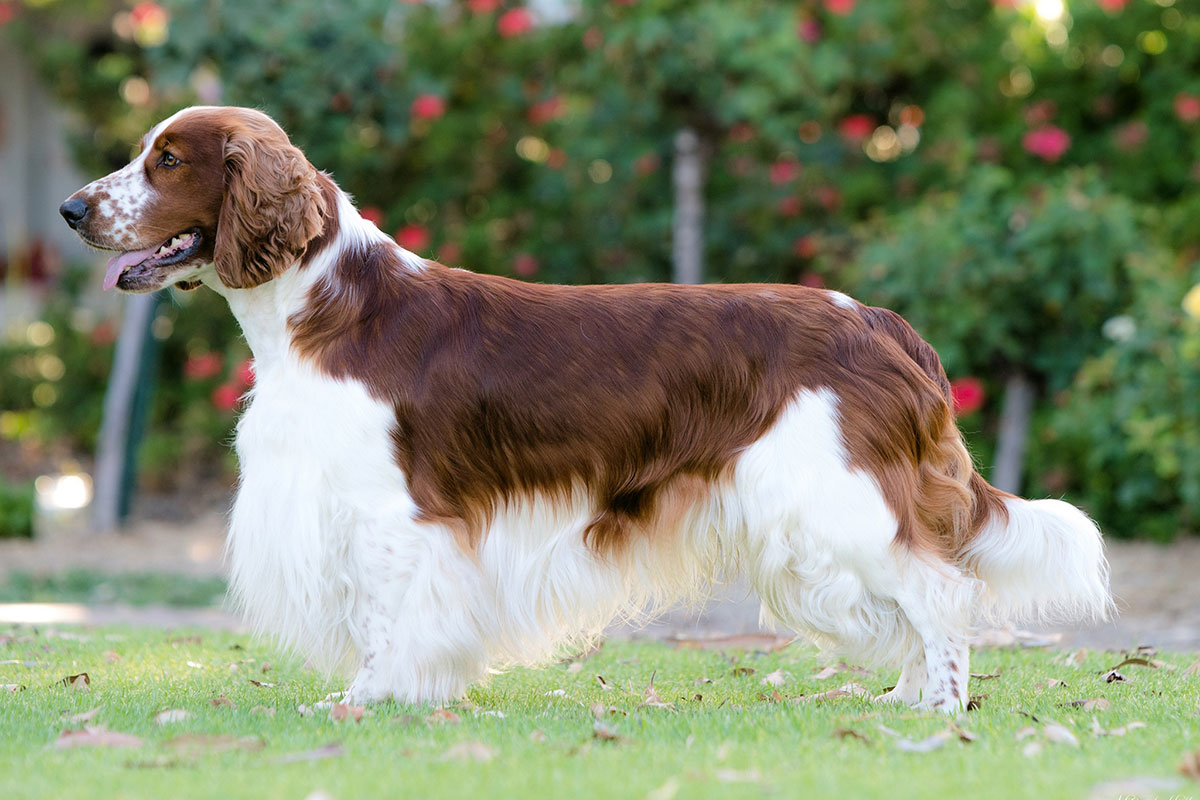Welsh Springer Spaniel
Breed Details
Size:
Exercise Requirements:
Grooming Requirements:
16-20 kg (approx)
12-15 years (approx)

Appearance
The Welsh Springer spaniel is a medium-sized dog with a red and white coat, often with freckles.
The coat is silky, naturally straight, and flat to the touch rather than wiry or wavy. The downward-drooping ears are smaller and the body longer than those of the English springer spaniel. The eyes are medium to dark brown. The ears and tail are lightly feathered, while the legs, chest, and underside are feathered more heavily.
Approx. Height: Dogs 48 cm (19 ins) at withers, Bitches 46 CM (18 ins) at withers.
History
It is believed that the Welsh Springer has existed as a breed since the 1600s. They were found mainly in Wales and the West of England, being used for shepherding and cattle droving. It is possible that crosses of the Welsh Sheepdog and the Corgi were conducted.
After centuries, the breed became known in the east of England and Scotland where they were used as gundogs and for breeding. Their versatile abilities and hunting instincts made them prime candidates for worldwide ownership and by the 19th and 20th centuries were exported abroad to countries including America, India, and Australia. Before acceptance into the British Kennel Club in 1902, the breed was known as Welsh Cockers.
Temperament
Welshies have all the soft-eyed faithfulness of the other spaniels and are totally devoted to their families. They are high-spirited, good-natured companions. They are people-orientated dogs but can be a bit reserved with strangers. However, they will never show any aggression. They mix well with children and other household pets. They are family dogs and need company.
Highly intelligent dogs who are easily trained, the Welsh Springers are superb obedience dogs and working gundogs. They are honest dogs with true wills to please and because of their kind dispositions do not like harsh treatment.
Care/Grooming
This breed does not need a lot of grooming but the feathering will need regular combing, brushing, and trimming. The ears should be trimmed regularly to prevent infections.
Grooming requirements, once a week. Amount of hair shed, little.

